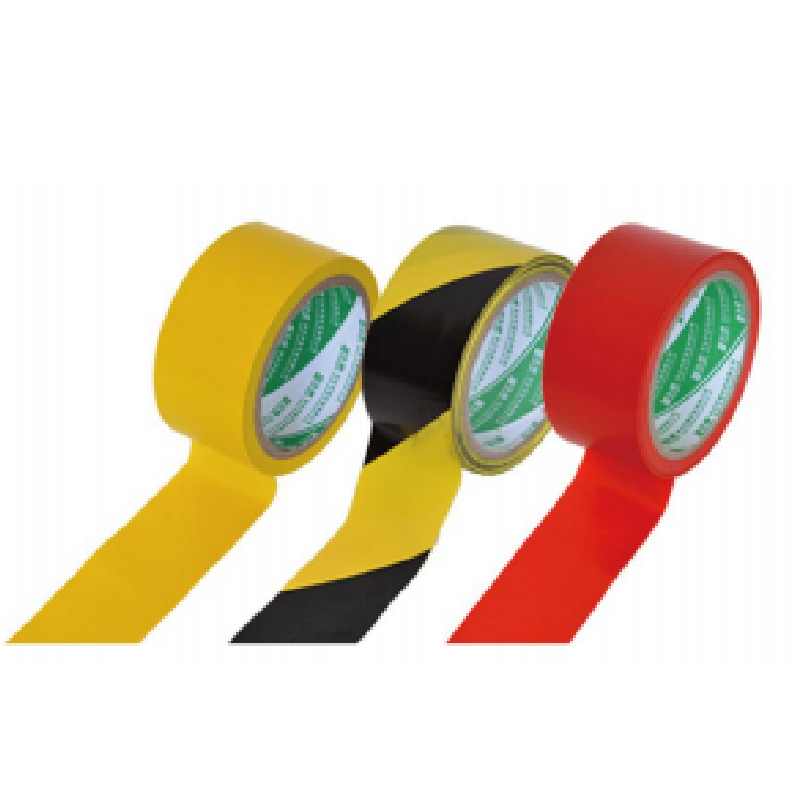Understanding Yellow Tape in Electrical Applications
In the realm of electrical work, safety and organization are paramount. One of the essential tools that electricians and maintenance professionals often rely on is yellow tape. While many people may associate yellow tape with caution or warning signals, its specific applications in the electrical field can be quite diverse and critical for maintaining safety standards.
The Purpose of Yellow Tape
Yellow tape is often used to mark hazards or indicate areas that require caution. Its bright color is intended to draw attention and alert individuals to potential dangers. In electrical applications, this can mean anything from marking electrical panels that should not be tampered with to denoting areas where live wires may be present. The visibility of the yellow tape serves as a reminder to respect the area and take necessary precautions.
Identification and Organization
In addition to marking hazards, yellow tape is also used for identification purposes. Electricians frequently work with various tools, wires, and components, which can lead to a disorganized workspace. By using yellow tape to label tools or sections of wiring, workers can streamline their processes and reduce the time spent searching for the right equipment. This facilitates a more efficient workflow and reduces the chances of mistakes caused by miscommunication or confusion over which tools belong to which project.
Safety Protocols and Compliance
yellow tape electrical

Following safety protocols is not just a good practice; it’s a legal requirement in many regions. The use of yellow tape complies with various safety standards, helping to ensure that electrical work is performed in a way that minimizes risks. For example, when performing maintenance on high-voltage equipment, placing yellow tape around the area can comply with regulations requiring clear demarcation of potentially hazardous zones. This is not only for the safety of the workers but also to protect others who might unknowingly walk into dangerous areas.
Temporary vs. Permanent Marking
It's important to note that not all yellow tape is created equal. Electricians may choose between temporary tape for short-term projects and more durable options that are designed to withstand the elements. Temporary yellow tape is useful in construction sites or when performing quick repairs but is not recommended for applications requiring long-term identification or marking. Permanent yellow tape, often made from durable vinyl or similar materials, is ideal for marking long-lasting hazards or delineating areas that require consistent warnings.
Color Coding in Electrical Work
Yellow tape isn't just about warning; it fits into a larger color-coding system used in electrical work. Each color signifies different meanings—red for danger, blue for information, green for safe, and yellow for caution. Understanding this system is crucial for anyone involved in electrical tasks, as it provides an immediate visual cue regarding the status of equipment or hazards within a workspace.
Conclusion
In conclusion, yellow tape plays a vital role in electrical applications by enhancing safety, improving organization, and complying with regulatory requirements. Its visibility and versatility make it an indispensable tool for electricians. As the electrical industry continues to evolve, the importance of clear communication and safety practices such as using yellow tape will remain a cornerstone of effective work. Whether marking temporary hazards or providing long-term identification, yellow tape ensures that safety is always a top priority in the electrical field.
-
XIANGFAN Rubber Tape-Ultimate Solutions for All Your Insulation NeedsNewsJun.24,2025
-
XIANGFAN Rubber Tape-Protection for Industrial and Residential ApplicationsNewsJun.24,2025
-
XIANGFAN Rubber Tape: Superior Safety and Sealing for Demanding EnvironmentsNewsJun.24,2025
-
XIANGFAN Rubber Tape: Reliable Solutions for Every Electrical ChallengeNewsJun.24,2025
-
XIANGFAN Electrical & Industrial Tape: Powering Reliability Across IndustriesNewsJun.24,2025
-
XIANGFAN Electrical & Industrial Tape: Excellence in Every ApplicationNewsJun.24,2025
